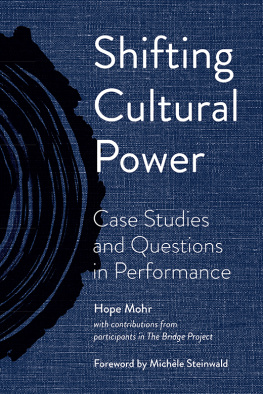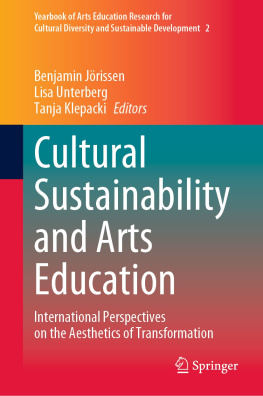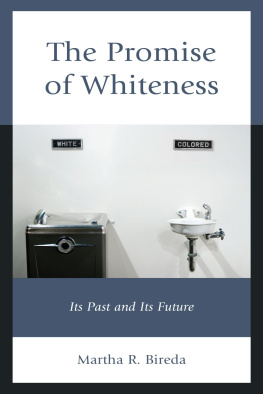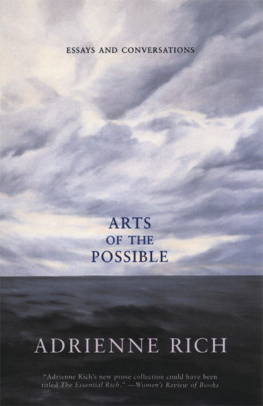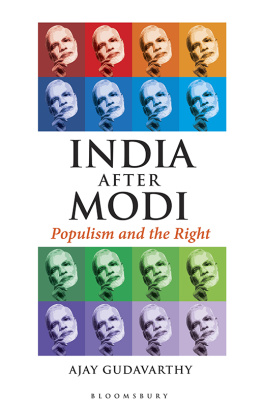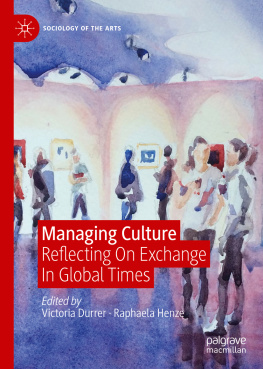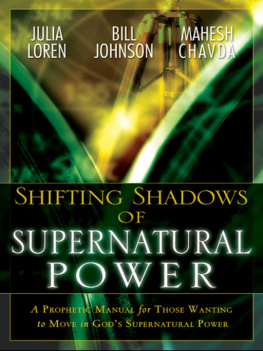
Shifting
Cultural
Power
THE NCCAKRON SERIES IN DANCE
The NCCAkron Series in Dance
Christy Bolingbroke, Editor
Hope Mohr, Shifting Cultural Power: Case Studies and Questions
in Performance
Shifting
Cultural
Power
Case Studies
and Questions
in Performance
Hope Mohr
with contributions from
participants in The Bridge Project
Foreword by Michle Steinwald

Copyright 2021 by The University of Akron Press
All rights reserved First Edition 2021 Manufactured in the United States of America.
All inquiries and permission requests should be addressed to the publisher,
The University of Akron Press, Akron, Ohio 44325-1703.
ISBN: 978-1-62922-117-5 (paper)
ISBN: 978-1-62922-118-2 (ePDF)
ISBN: 978-1-62922-119-9 (ePub)
A catalog record for this title is available from the Library of Congress.
The paper used in this publication meets the minimum requirements of ANSI/NISO z39.481992 (Permanence of Paper).
Cover illustration: Rings (Coordinated Movement), Micah Kraus
Cover design by Amy Freels
Shifting Cultural Power was designed and typeset in Garamond Premier Pro by Amy Freels and printed on sixty-pound natural and bound by Bookmasters of Ashland, Ohio.

| Produced in conjunction with the University
of Akron Affordable Learning Initiative.
More information is available at
www.uakron.edu/affordablelearning/. |
Contents
Note on Engaging with this Book
This book offers a range of formats. The case studies may be read in sequence or on their own and out of order. For those interested in a behind-the-scenes underview of the who and how of the past ten years of The Bridge Project, please refer to the Annotated Archive that begins on page 100. For dancers, students, teachers, and choreographers interested in prompts for studio practice, please refer to the workbook section, Grounding Politics in the Body: Prompts for Studio Practice, beginning on page 89. Readers and movers can engage with these prompts for embodied practice in conjunction with the books case studies or as a line of movement research independent of the rest of the book.
This book is dedicated to the artists and thinkers who participated in and contributed to The Bridge Project 20102020 on stage and behind the scenes and to those who carry this work forward.
Affinity Project, Larry Arrington, Hannah Ayasse, Zulfikar Ali Bhutto, Byb Chanel Bibene, QTBIPOC Performing Artist Hive,Becca Blackwell, Corey Brady, Marc Brew, Jennifer Brody, Trisha Brown, Barbara Bryan, Rebecca Bryant, Sarah Cecilia Bukowski, Judith Butler, Christy Bolingbroke, boychild, Nigel Campbell, Gerald Casel, Sherwood Chen, Sarah Chenoweth, Lucinda Childs, Tristan Ching, Sandra Chinn, Maxe Crandall, Chibueze Crouch, Sofa Crdova, Jaime Cortez, Gregory Dawson, Thomas DeFrantz, Sammay Dizon, Zoe Donnellycolt, Yalini Dream, Aruna DSouza, Jeanine Durning, Laura Ellis, Alex Escalante, Jesse Escalante, Lisa Evans, Katie Faulkner, Molissa Fenley, Traci Finch, Aura Fischbeck, Dudley Flores, Amy Foote, Simone Forti, Christy Funsch, Marlene Garcia, Daria Garina, Liz Gerring, Tracy Taylor Grubbs, Miguel Gutierrez, Jack Halberstam, Anna Halprin, Rosemary Hannon, Emily Hansel, Deborah Hay, David Herrera, Leslie Heydon, Cherie Hill, Kristin Horrigan, Xandra Ibarra, Monique Jenkinson, Tammy Johnson, Safi Jiroh, Yayoi Kambara, Deborah Karp, Peiling Kao, Debby Kajiyama, Maurya Kerr, David Kishik, Richard Kim, Nicole Klaymoon, Heather Kravas, Jos Lavery, Claudia La Rocco, Cheryl Leonard, Liz Lerman, Diane Madden, Nicole Maimon, Joanna Mandel, Sara Shelton Mann, Amy Miller, Janice Mirikitani, Paloma McGregor, Rashaun Mitchell, Julie Moon, Maurice Moore, Ranu Mukherjee, Parker Murphy, Jose Navarrete, Megan Nicely, Michael Orange, Phoenicia Pettyjohn, Susan Rethorst, Estrellx Supernova, Frances Richard, Silas Riener, Stephanie Skura, Alva No, Michael Orange, Onye Ozuzu, Chrysa Parkinson, Jocelyn Reyes, Maryam Rostami, Aisha Shillingford, Michle Steinwald, Bhumi B. Patel, Jenny Odell, Nicole Peisl, Jarrel Phillips, Karla Quintero, Yvonne Rainer, Danishta Rivero, Janice Ross, Judith Snchez Ruz, Aisha Shillingford, Raissa Simpson, Suzette Sagisi, Dazaun Soleyn, Amara Tabor-Smith, Erin Mei-Ling Stuart, Jenny Stulberg, Lauren Simpson, Nadhi Thekkek, Julie Tolentino, Beatrice Thomas, Snowflake Towers, Duan Tnek, Edgar Villanueva, Sophia Wang, sam wentz, Maureen Whiting, Taja Will, Tyese Wortham, Megan Wright, Netta Yerushalmy, Stacey Yuen.
It is not what we do, but how and why we do it.
In 2016, I accepted what would be a liberating invitation to helm the second choreographic center of its kind in the country. Established a year earlier, the National Center for Choreography at The University of Akron (NCCAkron) was founded to support the research and development of new work in dance by: strengthening the national dance ecosystem as an anchor development space for dance; exploring the full potential of the creative process in dance and all its forms; and serving as a catalyst for artistic, cultural, and community advancement and enrichment.
Continuing to acknowledge the tremendous privilege this position affords me to focus on process over product, I also saw this as an opportunity to be a type of organization unto itself. Neither an artist, funder, nor presenter, we may be perceived as any of these ecological players depending on the context and audience. Operating from what I often describe as the cracks in the dance ecosystem, we are more nimble than most organizations. I feel we have a higher threshold for uncertainty, experimentation, and embracing failure. We can improvise as we constantly seek to improve.
Also in 2016, I was fortunate to hear Black postmodern choreographer Ishmael Houston-Jones reflect on his curation for Lost & Found: Dance, New York, HIV/AIDS, Then and Now with Danspace Projects artist-curated Platforms. Houston-Jones spoke of curating from a place of absence. Others may define curation as the selection of artists, but Houston-Jones comments have stuck with me as a charge to read the landscape and ask, who is missing?
Upon arrival in Akron, I found the region has a deep history with dance because of a longtime relationship with white male choreographer Heinz Poll and the now defunct Ohio Ballet. In the 1980s and 90s, Poll was a visionary commissioner for the times, inviting in modern dance choreographers to make work for his chamber ballet company. From my vantage point, when Heinz Poll and Ohio Ballet passed on in the early 21st century, the aesthetic conversation around dance somewhat faltered in the city. So my curatorial approach has been to respond to what is missing; to expand the definition of dance through who we invite into Akron for residencies and labs.
This remains a consistent practice when collaborating and working with the dance program at The University of Akron too. NCCAkron moved into what would have been Ohio Ballet spaces on The University of Akrons campus. This location means we have access to various university facilities and resources despite not being part of the university system. Because of NCCAkrons proximity to higher education and the professionalized dance field, I acutely feel the need to evolve dance curriculum on a foundational level. Most dance programs across the county were formed by white men and women (mostly women) before the civil rights movement. As such, the damaging technique binary of ballet/modern continues to be perpetuated because of its own roots in systems of white supremacy. So I have worked to use what NCCAkron can bring to augment the dance program offerings for todays students as well as to locate dance in conversations across campus to tap those faculty and expand who might find dance relevant.
Next page
